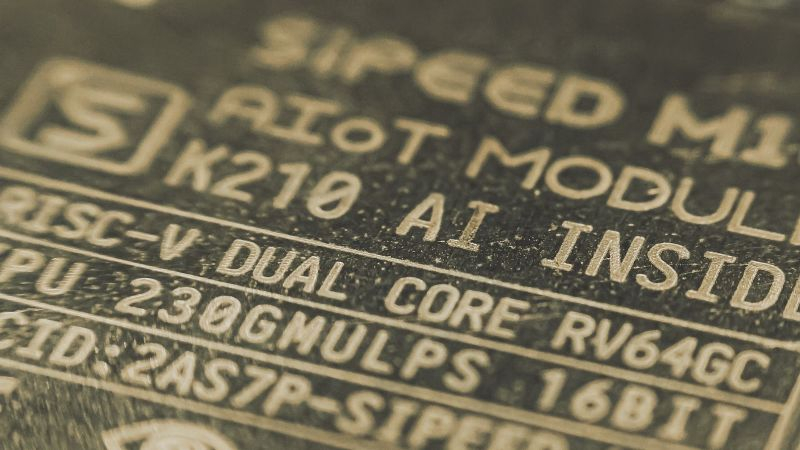Chinese semiconductor developers have increasingly turned to the open-source RISC-V architecture due to intensifying Western sanctions and the potential for geopolitical opponents to disrupt the distribution of other computing technology platforms. Over the past five years, Chinese organizations and companies have invested roughly $50 million in projects associated with RISC-V.
According to a Reuters report, which analyzes scientific publications, patent applications, and public statements of various Chinese companies from 2018 through 2023, Chinese developers’ efforts to develop this architecture have already influenced public opinion favorably regarding the prospects of RISC-V for the growth of China’s national semiconductor industry. The Chinese authorities believe that this architecture will provide a viable alternative to Arm or x86-compatible solutions, positioning it as “geopolitically neutral.”
Patents filed by Chinese companies demonstrate their intentions to use the RISC-V architecture to find defects in processors designed for cloud computing and smart vehicles. They are developing RISC-V architecture processors for use in cloud computing, autonomous vehicles, and data storage centers. Chinese media reports that half of all 10 billion chips with this architecture produced in 2022 were made in China. As of June last year, $1.18 billion had been spent in support of Chinese startups working with RISC-V, believed to have the most mature RISC-V platform ecosystem in the world.
In 2018, Chinese developers filed only around 10 RISC-V related patent applications, but by last year, this figure had grown to over 1000. In terms of registered patents in the RISC-V sphere, Chinese developers outstrip their American counterparts by approximately a quarter. Notably, Alibaba and Huawei are ranked fourth and fifth among the largest applicants in this area.
The RISC-V architecture originated in California last decade, but a relevant non-profit organization moved its headquarters from Delaware to Switzerland in 2019 after the US imposed sanctions against Huawei Technologies. Last year, Chinese automaker Dongfeng Motor developed a RISC-V architecture chip for controlling car electronic systems. Local research organizations creating solutions for the defense industry are also actively patenting their RISC-V related technologies, with proposed applications ranging from processing radar signals to cybersecurity. However, on a global scale, RISC-V architecture chips make up less than 1.9% of all shipments. Qualcomm representatives acknowledged that this architecture offers certain opportunities for those looking to develop “highly customized chips”.





